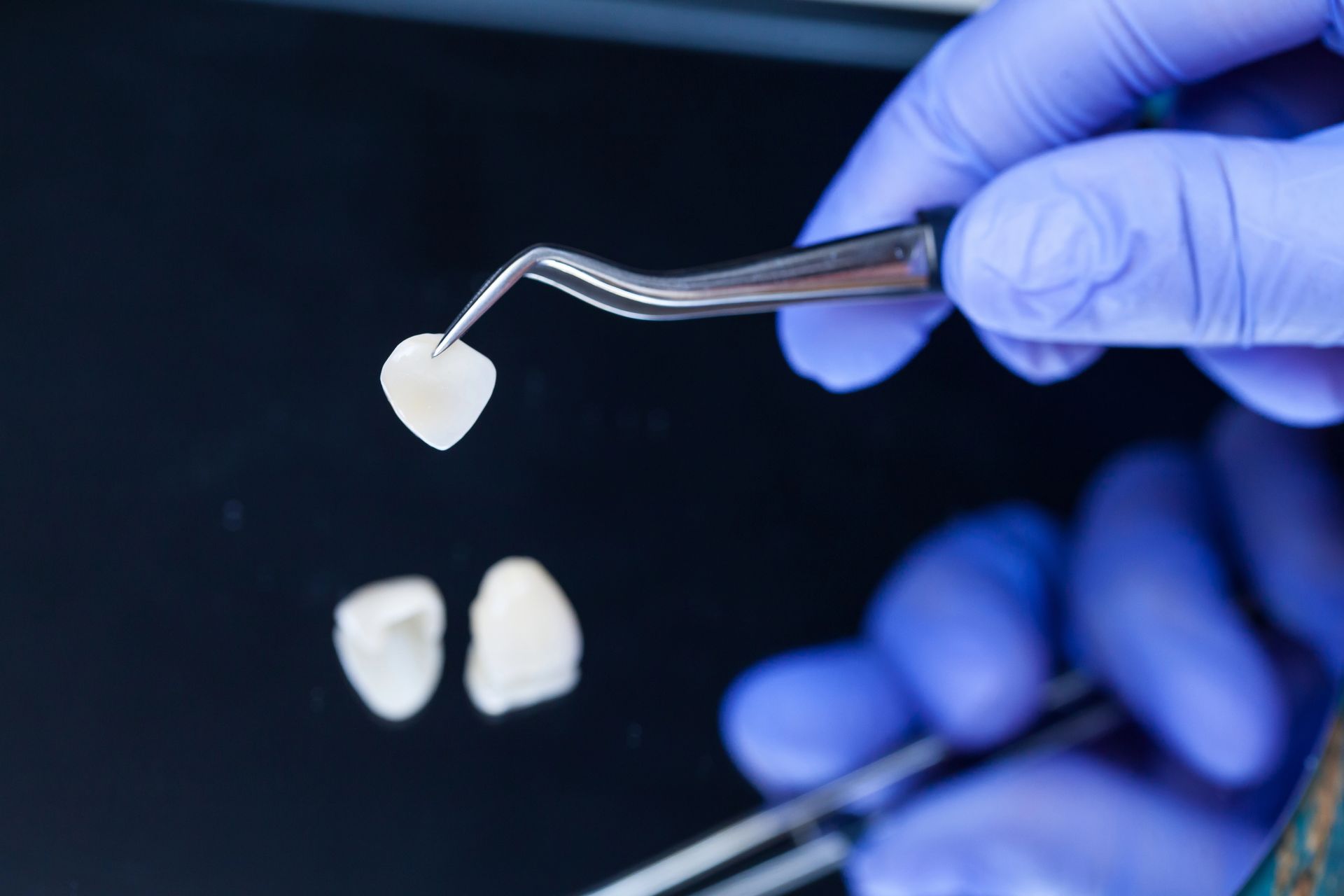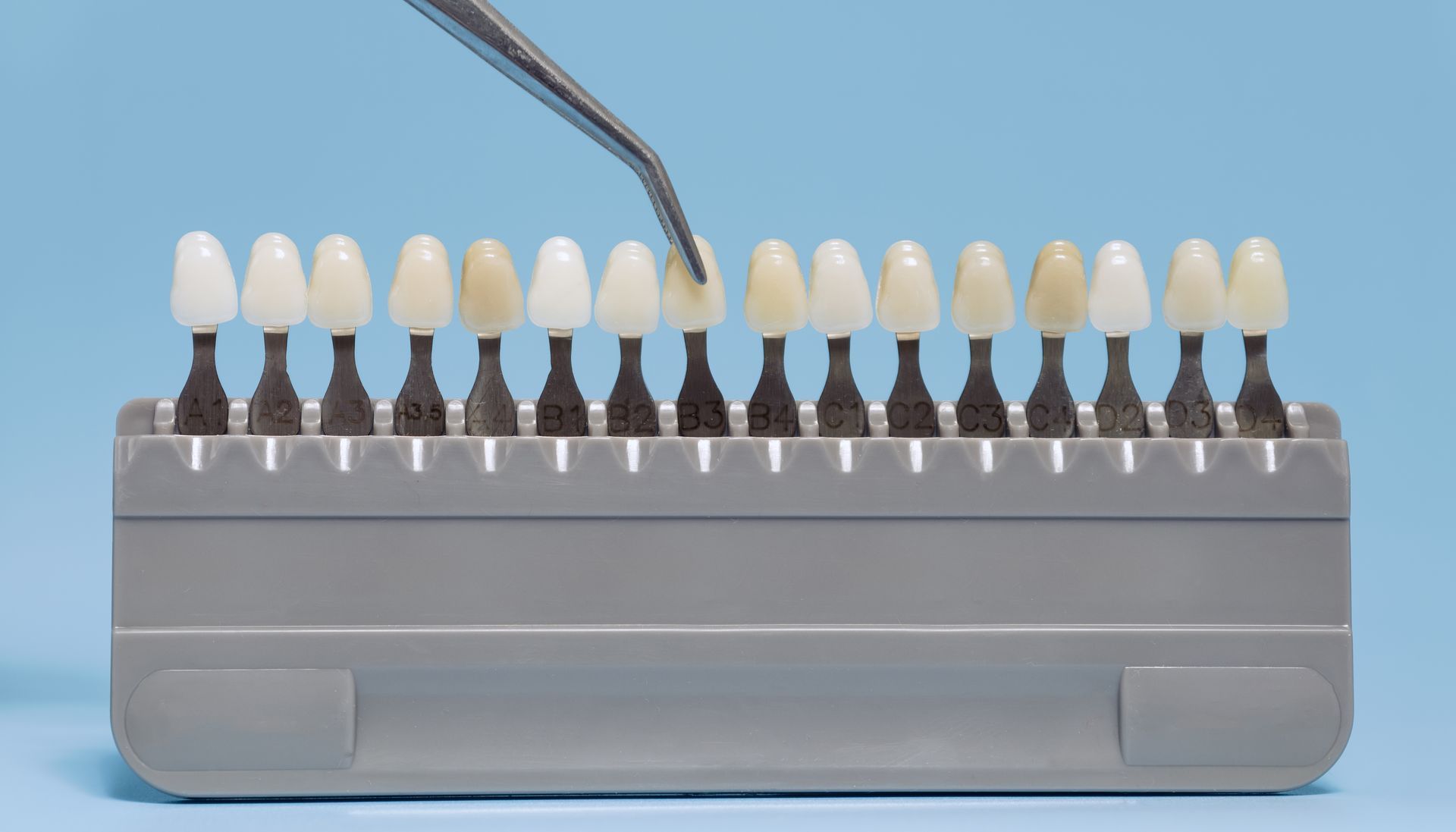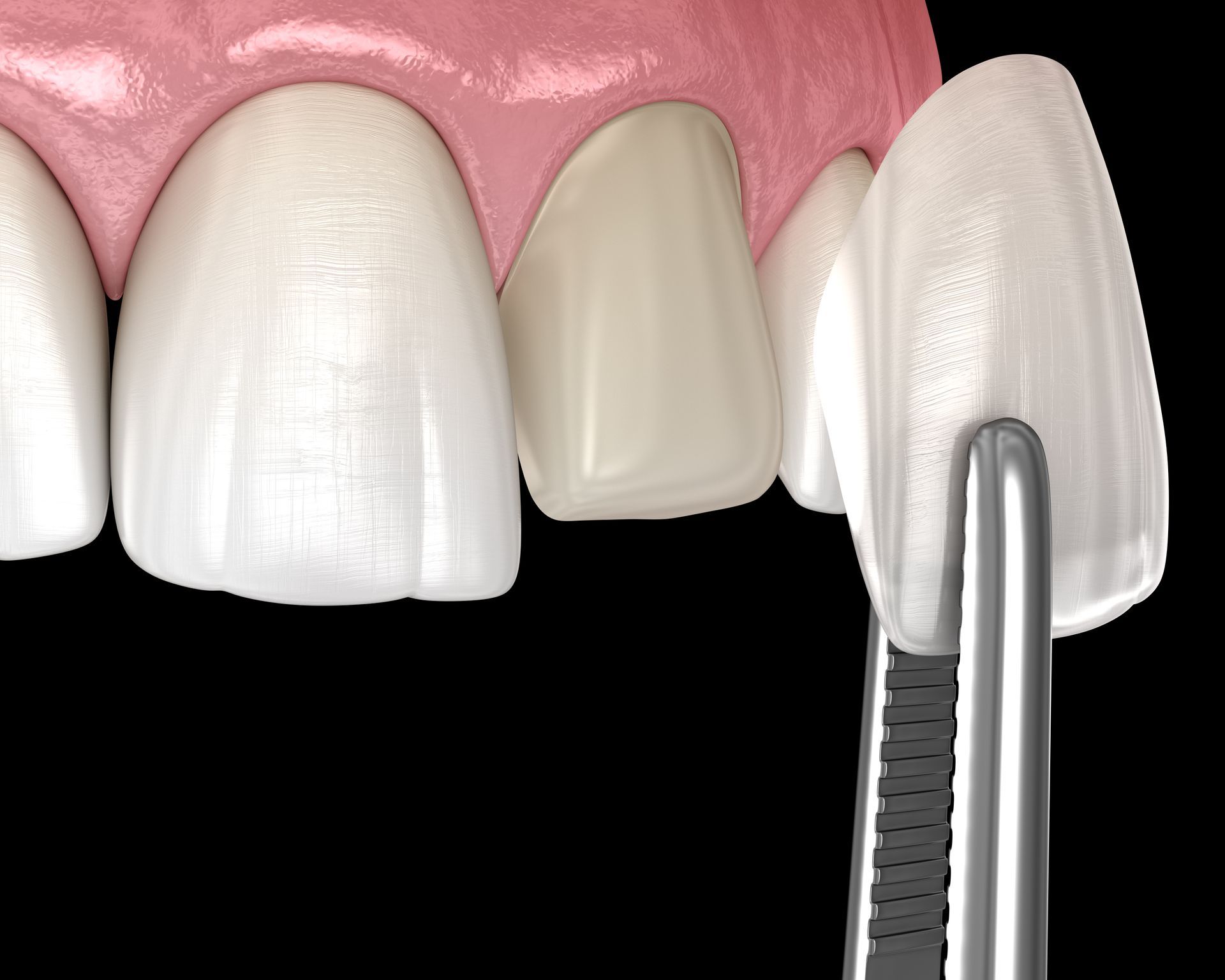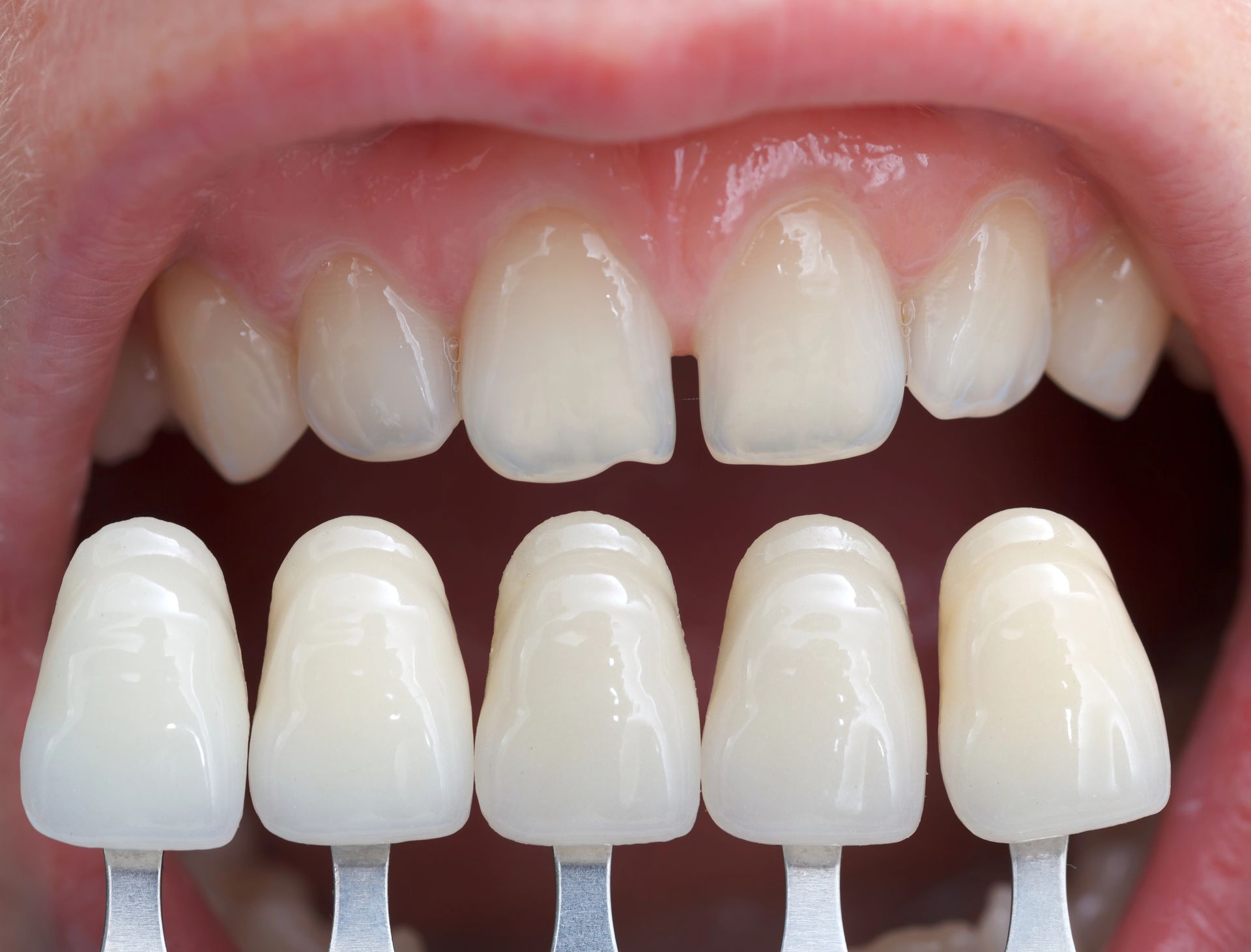


Are you curious about what happens during a tooth filling procedure? This guide will walk you through the basic steps involved, from the initial examination to the final shaping and polishing of the filling, providing a clear understanding of the process.
Tooth Filling Procedure: Identifying the Need for a Filling
Recognizing when a tooth filling is necessary typically begins with understanding the common signs and symptoms that indicate tooth decay or damage. When bacteria in the mouth produce acid that begins to erode the tooth enamel, it can lead to cavities. These cavities, if left untreated, may cause pain, sensitivity to hot or cold, and visible holes or pits in the affected tooth. During regular dental check-ups, dentists use various tools and techniques to examine the teeth for these signs, ensuring that any decay is caught early and can be addressed with a tooth filling procedure.
For individuals concerned about the financial aspect of dental treatments, understanding the costs involved is crucial. How much do tooth fillings cost? This question is common among patients considering this type of dental procedure, and the answer varies depending on factors like the extent of decay and the materials used for the filling.
Types of Filling Materials Available
When undergoing a tooth filling procedure, patients have several options regarding the materials used to fill cavities. The most commonly used materials include dental amalgam, which is known for its durability and strength, and composite resins that can be matched to the natural color of your teeth for a more aesthetic appearance. Other materials such as gold, porcelain, and glass ionomer are also available, each offering unique benefits in terms of aesthetics, strength, and compatibility.
Choosing the right material for a tooth filling procedure depends largely on the location of the cavity, the extent of the decay, and individual patient needs. Each material has specific properties that make it suitable for different situations in dental care. For more detailed information on the types of materials used in fillings, consider visiting Quality Tooth Fillings, Columbia.
Preparing for the Dentist Appointment
When scheduling a dentist appointment for a tooth filling procedure, it's important to ensure that all necessary personal information and health history are up-to-date. This includes any changes in dental health or overall health since the last visit. Confirming the appointment date and time with the dental office can also help ensure that there are no misunderstandings about when the tooth filling procedure is set to take place.
Examination and Decay Removal Process
The initial stage of the tooth filling procedure involves a thorough examination where the dentist assesses the extent of decay. This is crucial to determine the appropriate treatment plan. Following the examination, the decay removal process begins, where the dentist carefully removes the decayed material from the tooth, ensuring that only healthy tooth structure remains. This step is essential to prevent further decay and to prepare the tooth for the subsequent filling. For those in Columbia looking for a professional dental service, consider visiting Design Dentistry Columbia, your trusted Columbia Dentist.
Cleaning the Cavity Area
Before a tooth filling is placed, the dentist ensures that the cavity area is thoroughly cleaned. This step involves removing decayed tissue and any debris from the affected tooth. The cleaning process is crucial as it prepares the tooth for the filling material, ensuring that the restoration adheres properly and the risk of further decay is minimized. This cleaning helps create a clean environment for the subsequent steps of the filling procedure.
Filling the Cavity
Once the dentist has prepared the tooth, the next step in the tooth filling procedure is to fill the cavity. This involves carefully placing a filling material—such as composite resin, amalgam, or porcelain—into the cleaned-out cavity to restore the tooth's structure and function. The material is then shaped to match the contours of your tooth, ensuring a comfortable bite. This crucial step not only prevents further decay but also restores the tooth's aesthetic appearance, making it a key component of maintaining oral health.
Shaping and Polishing the Filling
Once the tooth filling material is securely in place, the next crucial step in the tooth filling procedure is shaping and polishing the filling. This phase ensures that the filling fits comfortably with the bite and feels smooth, just like your natural teeth. The dentist meticulously sculpts the filling to match the contours of your tooth, eliminating any excess material. Following this, a series of fine polishing tools are used to smooth the surface, enhancing both the appearance and function of the tooth. This careful attention to detail not only improves the filling's durability but also prevents food particles from getting trapped, thereby maintaining oral hygiene.
Post-procedure Care and Recovery
After completing your tooth filling procedure, it's crucial to follow specific care guidelines to ensure a smooth recovery and maintain the longevity of the filling. Initially, you may experience sensitivity to hot and cold temperatures, which should subside within a few days. Avoid chewing directly on the newly filled tooth for at least 24 hours if you received a silver amalgam filling, allowing it to set completely. For composite fillings, you can chew immediately after the procedure but proceed with caution. Maintain good oral hygiene by brushing gently around the filled tooth and flossing daily, but be careful not to dislodge the new filling. If pain or sensitivity persists beyond a few days, consult your dentist to ensure there are no further issues related to the tooth filling procedure.
Follow-up Visits and Monitoring
After completing a tooth filling procedure, follow-up visits and monitoring are crucial to ensure the longevity and success of your dental treatment. During these appointments, your dentist will check the integrity of the filling, assess for any decay or leakage, and monitor your overall oral health. Regular check-ups help in early detection of potential issues that could compromise the tooth filling procedure. These visits also provide an opportunity to adjust any misalignments and to reinforce good oral hygiene practices. Keeping up with these follow-up appointments is essential for maintaining dental health and ensuring the durability of your fillings.
Conclusion
Understanding the tooth filling procedure can help alleviate any concerns you might have. If you need further information, feel free to call us at 803-573-4577 or read our reviews on Google Maps.








